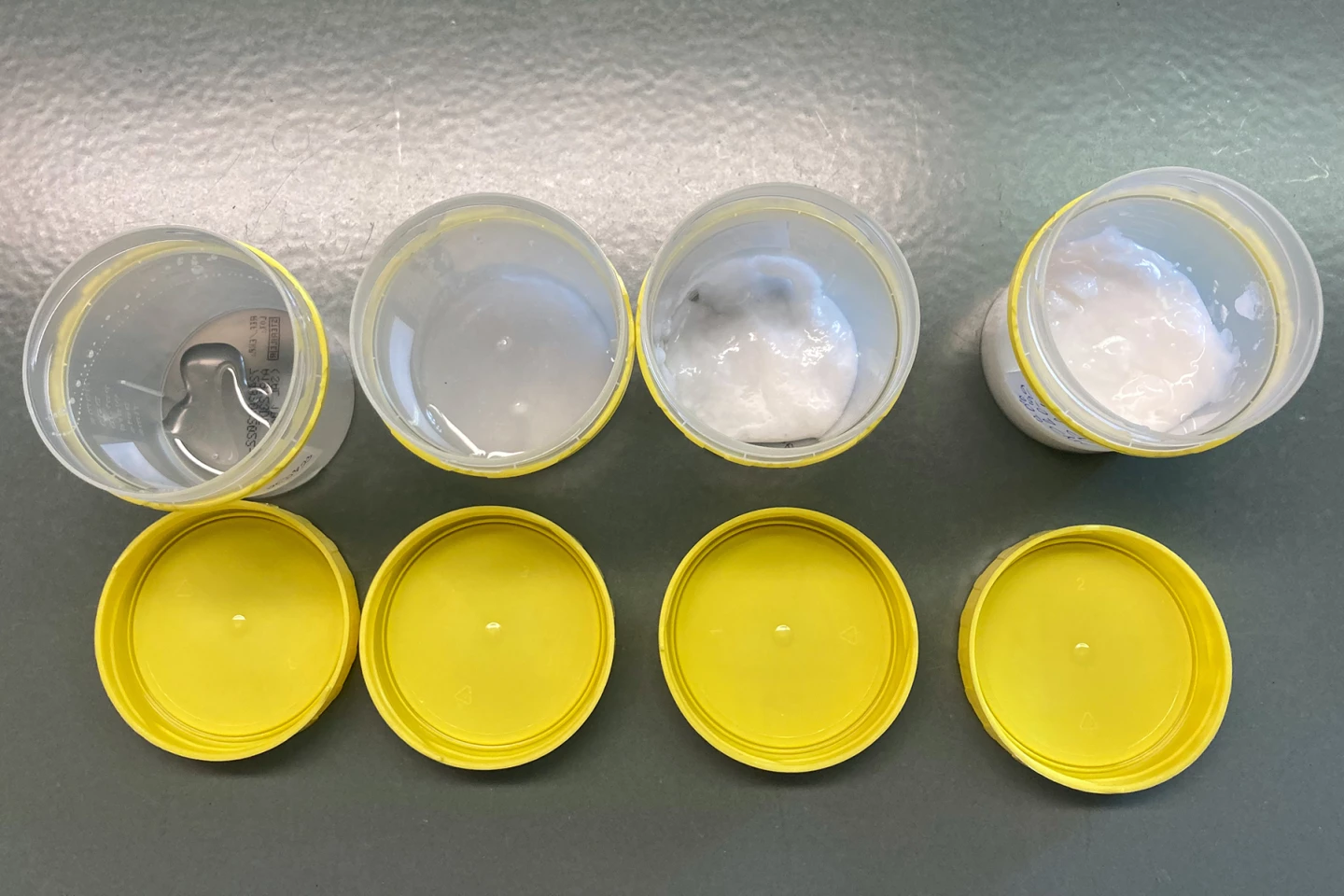Back in the 1970s and 80s, millions of wooden buildings (both new and old) were treated with preservatives that were later found to be neurotoxic and carcinogenic. A special process is now able to neutralize those chemicals in existing buildings, saving the structures from being gutted.
The two preservatives, lindane and pentachlorophenol (PCP), were used to protect against fungus and wood-eating insects. Even though the chemicals are now widely banned, wood that had already been treated with them continues to give off toxic fumes which pose a health risk to people in the affected buildings.
Possible solutions to this problem include covering the wood with insulation, or ripping it out and disposing of it as toxic waste. Both approaches are potentially expensive and time-consuming, plus they ruin the aesthetics of heritage buildings with exposed wooden features.
Seeking a simpler alternative, scientists at Germany's Fraunhofer Institute for Building Physics have developed what is known as the CycloPlasma process.
In the first step of the technique, a gel containing non-toxic chemicals called cyclodextrines is brushed onto the wood like a varnish. While the gel does not affect the structure or appearance of the wood, it does penetrate into its pores, adsorbing and binding the lindane and PCP.
"The cyclodextrines are ring-shaped dextrose molecule chains that are enzymatically obtained from starch," explains the lead scientist, Dr. Andrea Burdack-Freitag. "The ring structures of sugar chains enclose the lindane and PCP in a cavity, thereby encapsulating them completely."

Burdack-Freitag tells us that in cases where the preservatives were originally just applied to the surface of the wood, the gel can be washed off and safely disposed of once it has adsorbed them. In cases where the preservatives were pressure-impregnated deep into the wood, the gel is allowed to dry and stay in place, permanently encasing the chemicals.
That said, if large quantities of the preservatives are present in the wood, the gel may become saturated with them. Therefore, in order to neutralize the fumes of any excess lindane and PCP that couldn't be adsorbed, a "plasma device" is hung from the ceiling within the room.
"Electrodes in the housing generate a plasma gas through which the air flow containing the contaminants is drawn," says Burdack-Freitag. "The plasma gas chemically degrades the lindane and PCP. In addition, active carbon filters prevent gaseous degradation products from escaping from the device."
The CycloPlasma technology is now being field-tested in the attic of a historic mill which is part of Germany's Freilichtmuseum Glentleiten museum.
Source: Fraunhofer





